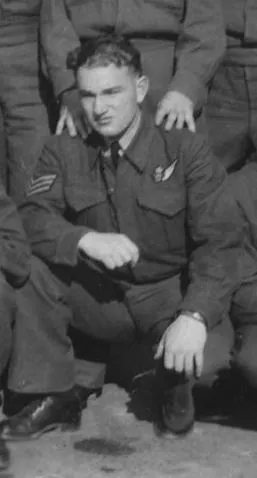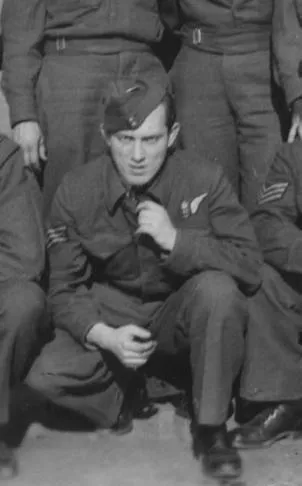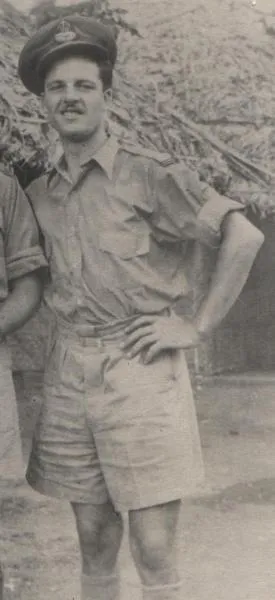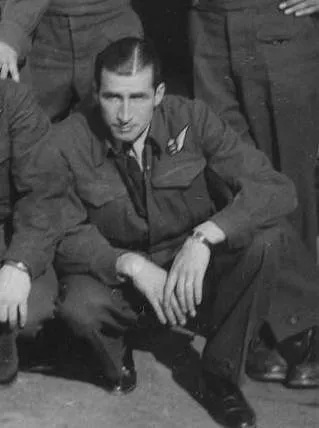Anderson, Arthur Erick Frankiln (Flight Lieutenant)
Killed in Action 1945-June-19
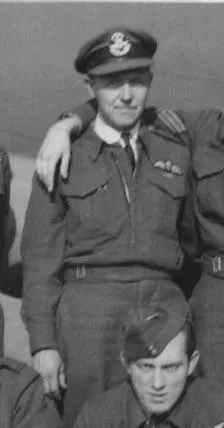

Birth Date: 1920-July-06
Born: Whitemouth, Manitoba
Parents: Son of Charles John Anderson and Emily Josephine (ne Carlbum)of Sioux Lookout, Ontario. He attended Sioux Lookout Public and Continuation School. Flight Lieutenant enjoyed baseball, hockey, hunting an
Spouse:
Home: Sioux Lookout, Ontario
Enlistment: Winnipeg, Manitoba
Enlistment Date: 1941-September-08
Service
RCAF
Unit
358 (SD) Sqn- Squadron (RAF)
Alere Flammam To feed the flame
Base
RAF Jessore, Pakistan
Rank
Flight Lieutenant
Position
Pilot
Service Numbers
J/20943
Crew or Other Personnel
Liberator EW124
Liberator serial: EW124
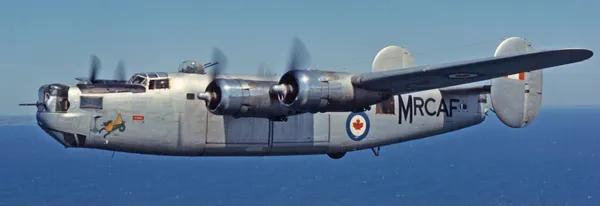
Consolidated Liberator G.R. Mk. VIII, RCAF (Serial No. 11130) ex-USAAF Consolidated (Vultee) B-24L Liberator USAAF (44-50154)
ex-RAF (Serial No. 5009), ex-Indian Air Force (Serial No. HE773).
Currently preserved in the Canada Aviation and Space Museum Ottawa Ontario.
The Consolidated B-24 Liberator was an American heavy bomber flown by the RCAF during the Second Word War. It was designed with a shoulder-mounted, high aspect ratio Davis wing which gave the Liberator a high cruise speed, long range and the ability to carry a heavy bomb load. Early RAF Liberators were the first aircraft to cross the Atlantic Ocean as a matter of routine. In comparison with its contemporaries the B-24 was relatively difficult to fly and had poor low speed performance; it also had a lower ceiling compared with the Boeing B-17 Flying Fortress. Of the roughly 18,500 B-24s built in the USA during the war, 148 were flown by the RCAF on long range anti-submarine patrols, with the B-24 serving an instrumental role in closing the Mid-Atlantic gap in the Battle of the Atlantic. The RCAF also flew a few B-24s post war as transports.
Roughly half of all (RAF) Liberator crews in the China-Burma-India (CBI) Theatre were Canadian by the end of the war. John Muir of Vancouver flew the longest mission of the war: 24hrs, 10mins from Ceylon to Burma and back. (Kyle Hood) Harold Skaarup web page
